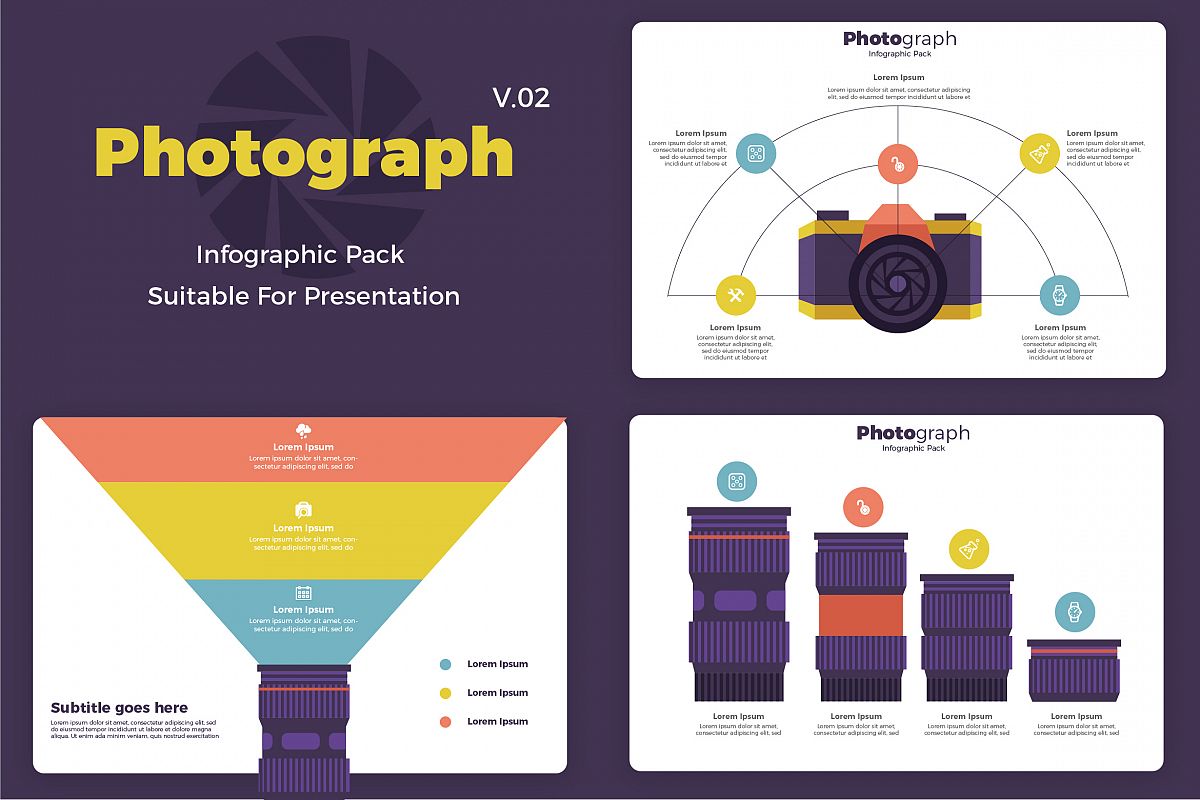What Every Digital Photographer Needs To Understand About Lights
What Every Digital Photographer Needs To Understand About Lights
Blog Article
Content Writer-From Ibrahim
As a photographer, you recognize that lights can make or damage your pictures. Recognizing the subtleties of both natural and artificial light is vital for catching the state of mind and clarity you aim for in your work. Whether you're going after the best gold hour glow or tweak your synthetic configurations, mastering these components can elevate your digital photography significantly. Yet there prevail pitfalls that lots of neglect, and recognizing them can transform your technique to every shoot. Allow's explore what you might be missing and exactly how it can impact your results.
Understanding Natural Light
Comprehending all-natural light is important for any type of photographer looking to enhance their work. It's the structure of excellent photography, affecting state of mind, tone, and clearness. When you fire outdoors, pay attention to the time of day. http://tracy8ilene.xtgem.com/__xt_blog/__xtblog_entry/__xtblog_entry/37577747-transform-your-picture-photography-with-basic-methods-that-improve-illumination-and-structure-yet-what-various-other-keys-could-take-your-images-to-the-following-degree?__xtblog_block_id=1#xt_blog -- shortly after sunrise and prior to sunset-- provides soft, cozy light that can change regular scenes right into sensational pictures.
Don't take too lightly the power of cloudy days. Cloud cover diffuses sunshine, creating a soft, even light that's ideal for portraits and macro photography. You'll discover colors appear this type of illumination without extreme shadows.
Positioning matters, as well. Constantly consider your topic's orientation to the source of light. If the sun's behind your topic, you might end up with a shape, which can be dramatic yet mightn't be what you want. Alternatively, direct sunshine can produce uncomplimentary darkness.
Experiment with angles; occasionally, changing your viewpoint can yield fantastic outcomes. Use all-natural reflectors, like water or sand, to bounce light onto your subject, including measurement.
Mastering Artificial Light
Understanding synthetic light is essential for professional photographers that wish to take their abilities to the next degree. Whether you're utilizing speedlights, workshop strobes, or continuous lights, recognizing exactly how to control these sources can significantly enhance your pictures.
Begin by familiarizing yourself with the basics of light quality, instructions, and shade temperature. Experiment with different modifiers like softboxes, umbrellas, or grids to manage the soft qualities or harshness of the light.
You'll discover that soft light usually develops complementary outcomes, while harsher light can include drama and depth. Do not shy away from shadows; they can enhance the three-dimensionality of your topics.
Pay close attention to the positioning of your lights. A light positioned as well near your topic can create unflattering results, while as well far away can cause an absence of detail. Utilize a light meter or your video camera's histogram to ensure you're subjecting properly.
Finally, remember that fabricated light can be mixed with ambient light for imaginative effects. Balancing these sources may take technique, but once you grasp it, your digital photography will absolutely radiate.
Strategies for Different Situations
When you step into different shooting circumstances, adapting your lights techniques is essential for capturing the most effective images. For exterior portraits, make use of the golden hour-- early morning or late afternoon light-- to soften shadows and enhance complexion.
If it's a harsh midday sun, consider making use of a reflector to bounce light back onto your subject or seek shaded areas for a more even direct exposure.
In low-light situations, like indoor events, enhance your ISO and use a wide aperture to let in more light. A tripod can aid eliminate video camera shake, allowing for longer direct exposures without blurring.
If you're contending evening, try out off-camera flash to produce vibrant lighting and deepness in your pictures.
For product photography, utilize diffused lighting to stay clear of harsh reflections. Softboxes or light camping tents can assist accomplish this result.
When photographing landscapes, take into consideration the instructions of light and time of day, as it can dramatically alter the state of mind of your shot.
Always prepare to readjust https://blogfreely.net/lewis8498hue/common-errors-new-photographers-make-and-just-how-to-prevent-them and positioning based on the scenario, as adaptability is essential to understanding lighting in digital photography.
https://www.slrlounge.com/why-pro-photographers-are-going-out-of-business/ , grasping lights is key to raising your digital photography abilities. Embrace natural light's appeal throughout golden hour, and don't avoid experimenting with fabricated light methods. By adjusting your technique to various scenarios, you'll record sensational pictures that resonate with emotion and clearness. Remember, the appropriate lighting can change an ordinary shot into something phenomenal, so maintain practicing and improving your understanding of both natural and artificial light. Satisfied capturing!
